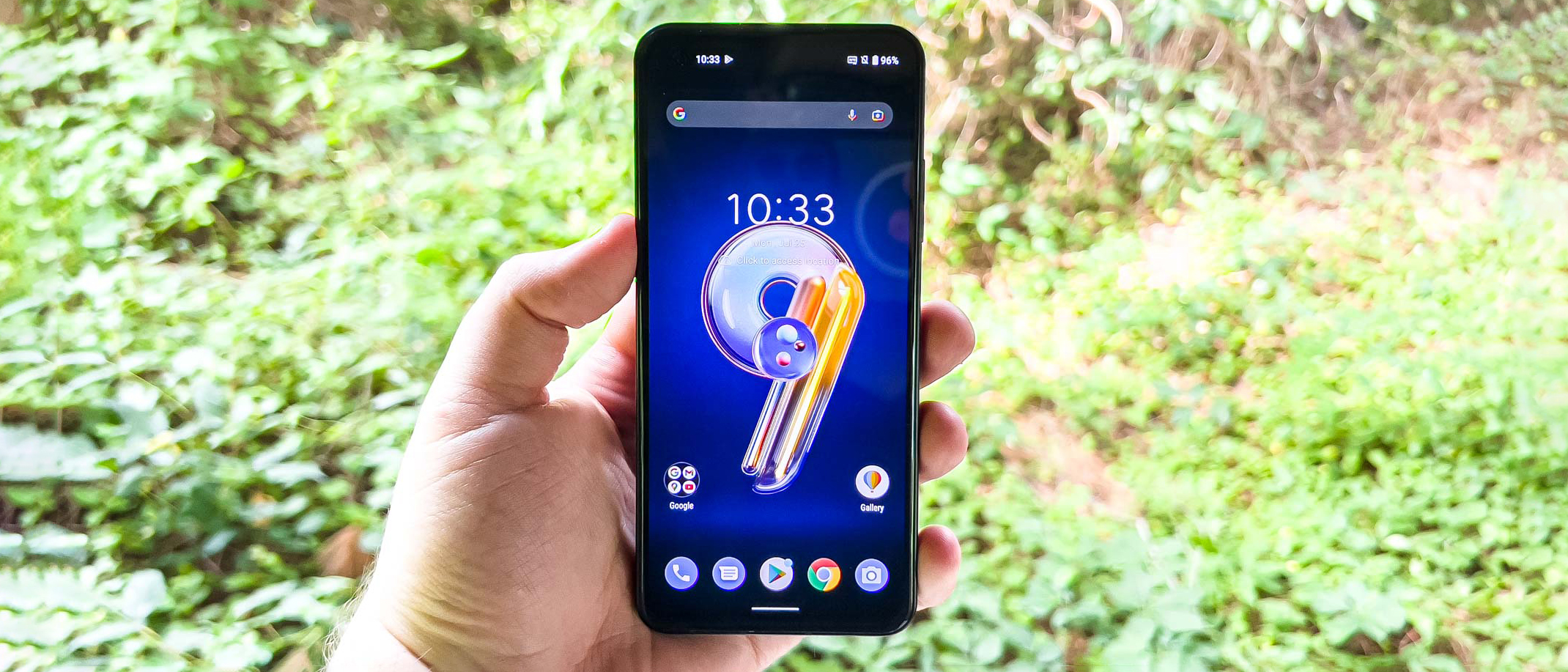Tom's Guide Verdict
The Zenfone 9 may be small, but it’s one of the most impressive phones to come out this year. Not only does it sport a beautiful 5.9-inch AMOLED display, but it turned in impressive results in our benchmark tests, thanks to the Snapdragon 8 Plus Gen 1 chipset. Best of all, the Zenfone 9 goes an incredibly long time on a charge, beating much larger phones with bigger batteries.
Pros
- +
Great battery life
- +
Excellent performance
- +
Clean software experience
- +
Perfect design for small phone fans
- +
Good cameras overall
Cons
- -
Photos can be a bit too warm
- -
Charging inconsistencies in our testing
Why you can trust Tom's Guide
Price: Starting at $699/€799
Android version: 12, ZenUI 9
Display: 5.9-inch AMOLED (2400 x 1080)
Refresh rate: 120Hz (adaptive)
CPU: Snapdragon 8 Plus Gen 1
RAM: 8GB, 16GB
Storage / Expandable: 128GB, 256GB / No
Rear cameras: 50MP (f/1.9) main, 12MP (f/2.2) ultrawide
Front camera: 12MP (f/2.45)
Video: Up to 8K 24 fps
Battery: 4,300 mAh
Battery life (Hrs:Mins): 13:13 (adaptive), 12:52 (120Hz), 13:20 (60Hz)
Charging: 30W, charger included
Size: 5.8 x 2.7 x 0.4 inches (146.5 x 68.1 x 9.1 mm)
Weight: 6 ounces (169 g)
Colors: Midnight Black, Moonlight White, Starry Blue, Sunset Red
Small phones are a dying breed, with rumors suggesting that even Apple is giving up by allegedly dropping a mini model from its iPhone 14 lineup. But Asus remains undeterred, with the new Zenfone 9 continuing the legacy of powerful little handsets. With brawns to match the best phones out there while also fitting nicely in most pockets, the Zenfone 9 is an impressive device.
Battery life also amazed me, with the Zenfone 9 outlasting many other flagships in our testing — sometimes by several hours. I also really like the diminutive 1080p 5.9-inch AMOLED display with its excellent pixel density.
If you can’t tell already, I love this phone; this Zenfone 9 review will tell exactly why.
Asus Zenfone 9 review: Price and availability
The Zenfone 9 starts at $699/€799 for the model with 8GB of RAM and 128GB of storage. There are also 8GB/256GB and 16GB/256GB variants, with the latter running $799 — this is the unit I received for review. All told, this is a great deal for such an impressive phone.
In terms of price, the Zenfone 9 compares well to the $599 Pixel 6, $799 Galaxy S22, $699 iPhone 13 mini and $799 iPhone 13.
Asus Zenfone 9 review: Design
The Zenfone 9’s claim to fame is that it’s a flagship in a relatively small package. While not quite as little as the iPhone 13 mini, other major phones certainly dwarf the 5.8 x 2.7 x 0.4 inch Zenfone, even the Galaxy S22. I love how easy it is to one-hand the Zenfone 9, and it feels like it uses almost no pocket space. (I tend to wear pants with large pockets, admittedly.)
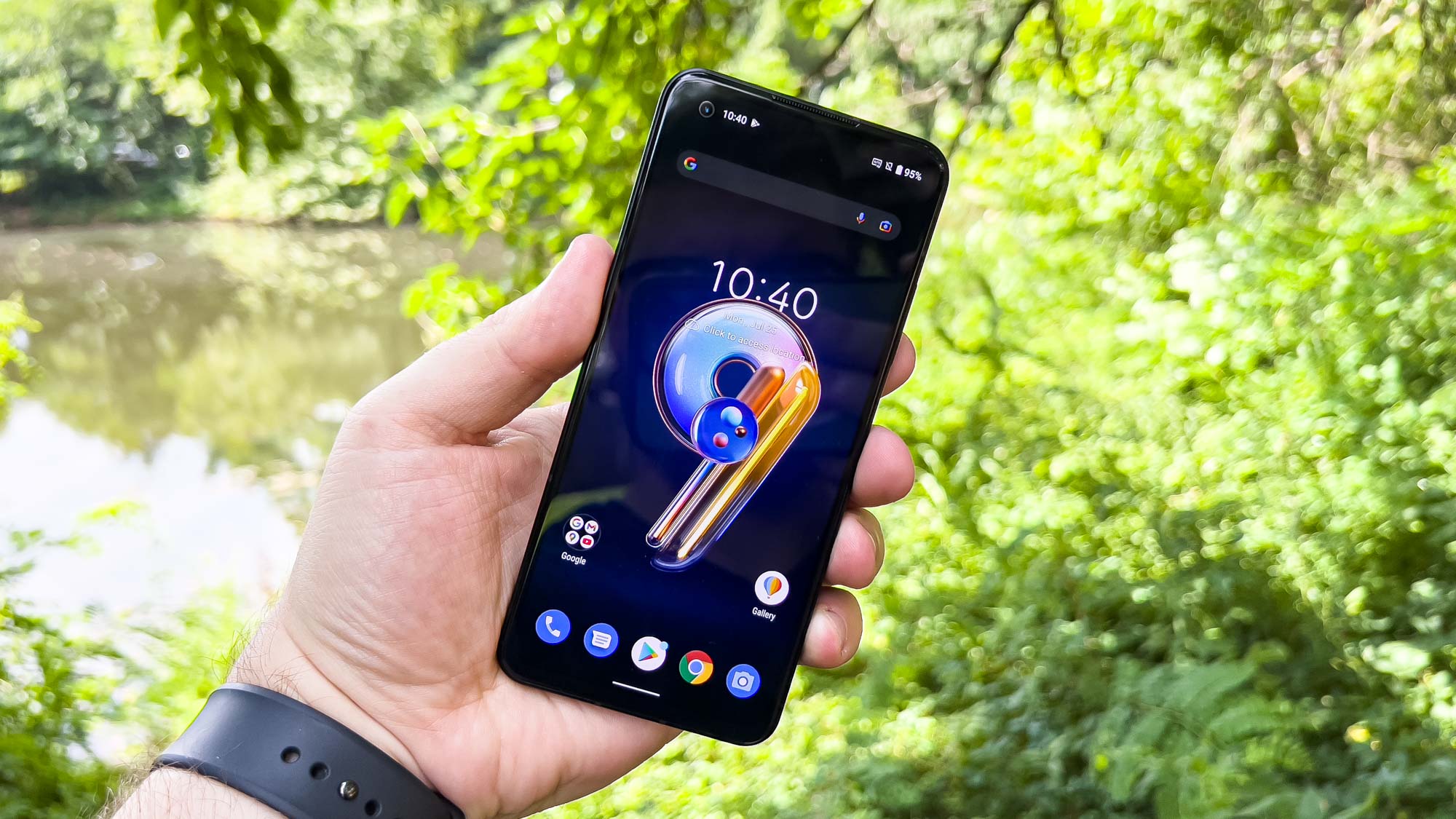
On the back of the ZenFone 9, the dual camera module takes up a significant portion of the real estate, so that I accidentally touched or rested my fingers on them sometimes. These two big lenses look almost out of place, especially when compared to the Zenfone 8’s much smaller array. However, as we’ll see in a moment, those chonky boys pay off.
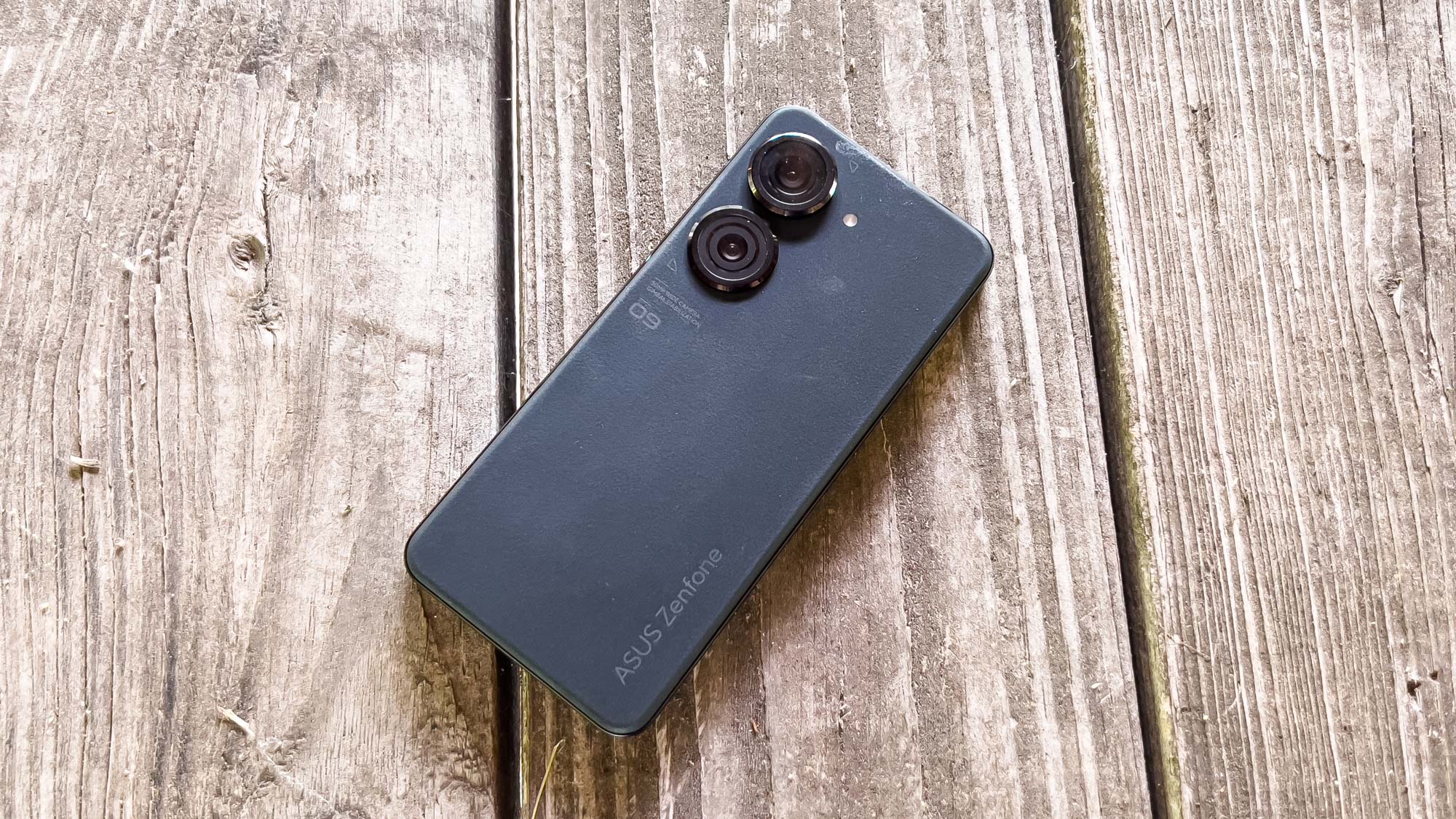
Asus used a soft touch material on the Zenfone 9, making for an incredibly grippy phone that reminds me of OnePlus’ Sandstone material, just less abrasive. The flat-edged aluminum frame feels very nice, further adding to the sense of security I had when holding the device. And in the event you drop the Zenfone 9, Gorilla Glass Victus will help keep the screen safe from shattering.
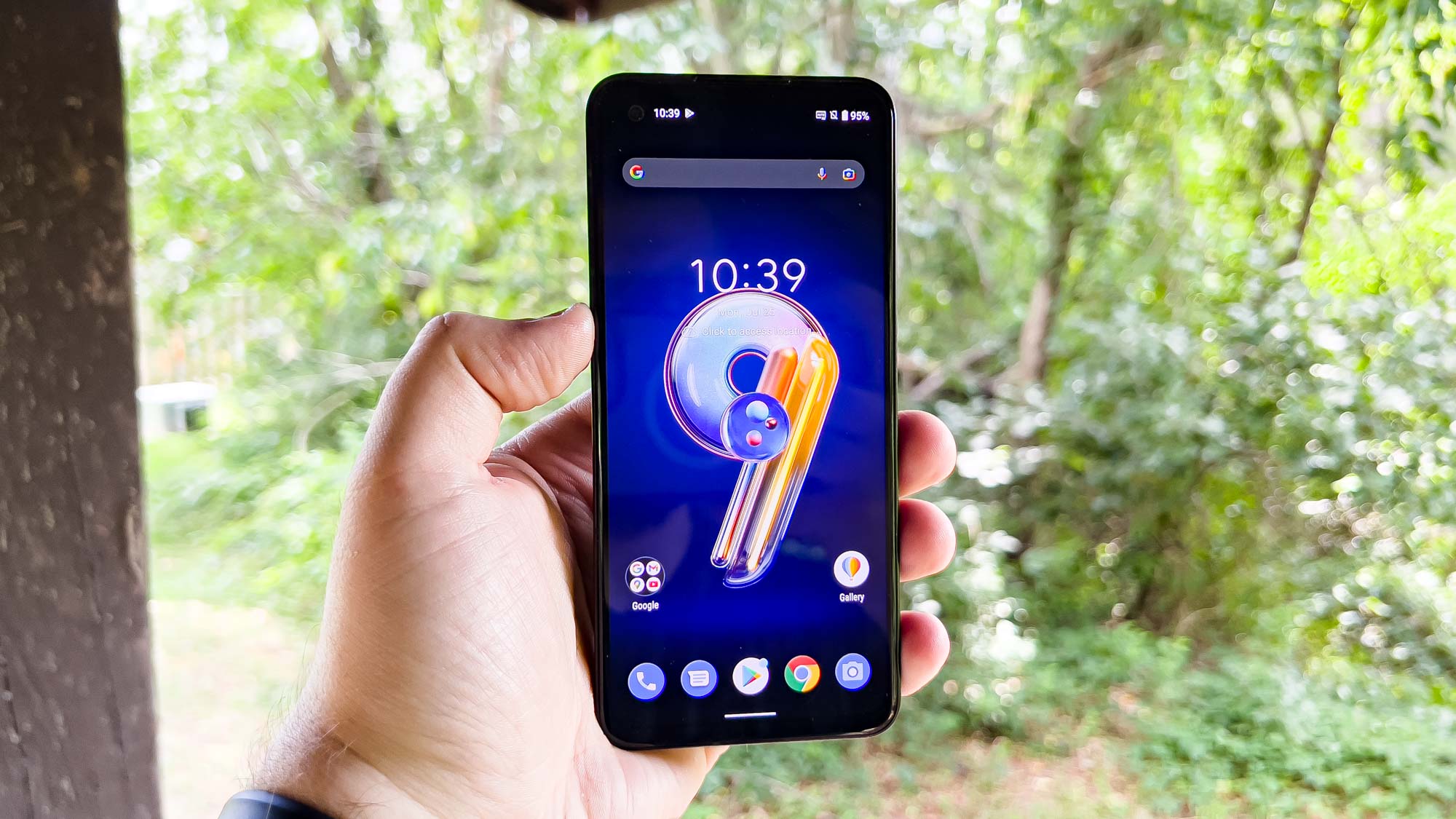
A theme with this phone is that it tries to pack in almost everything you could want, minus an SD card slot — this makes sense when you consider how much Asus managed to shove into this little frame. But there’s even a headphone jack, something increasingly rare on smartphones, especially flagships.
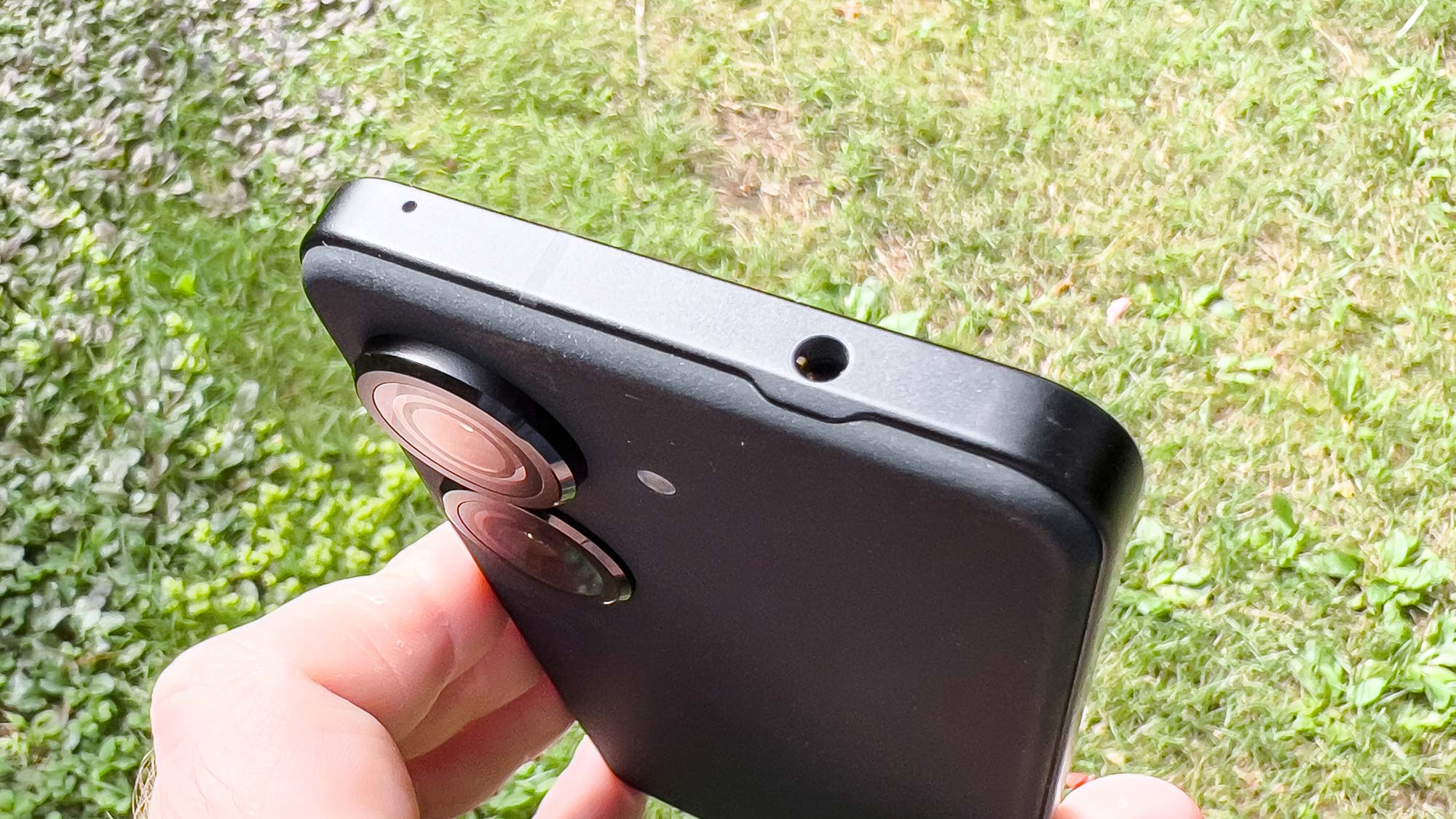
I’ll give the Zenfone 9 credit. It certainly catches the eye, then further ingratiates itself with its ergonomic and grippy construction. You might have thought the Zenfone 8 was cute, but the Zenfone 9, with those huge lenses and soft touch back, looks much more serious.
Asus Zenfone 9 review: Display
At 5.9 inches, the Zenfone 9’s AMOLED display certainly impressed me. With an adaptive 120Hz refresh rate, Asus managed to pack in a 1ms response time and 240Hz touch sampling rate, meaning that the Zenfone 9’s screen performs very well with minimal touch latency in intense games.
We measured the Zenfone 9’s display in our lab and here’s what we found.
| Row 0 - Cell 0 | Zenfone 9 | Galaxy S22 | iPhone 13 mini |
| Display size | 5.9 inches | 6.1 inches | 5.4 inches |
| sRGB (%) | 157 (Optimal) / 184 (Natural) | 213 (Vivid) / 112 (Natural) | 117 |
| DCI-P3 (%) | 111 (Optimal) / 130 (Natural) | 151 (Vivid) / 80 (Natural) | 83 |
| Delta-E | 0.28 (Optimal) / 0.3 (Natural) | 0.33 (Vivid) / 0.24 (Natural) | 0.27 |
| Peak brightness (Nits) | 760 | 995 | 788 |
All in all, the Zenfone 9’s display isn’t quite up to par with the likes of the Galaxy S22, but it certainly gives the iPhone 13 mini a run for its money. Where the Zenfone 9 falls behind comes down to brightness. We measured an average peak brightness of 760 nits, which is slightly behind the iPhone 13 mini’s 788 nits and leagues away from the Galaxy S22’s impressive 995 nits.
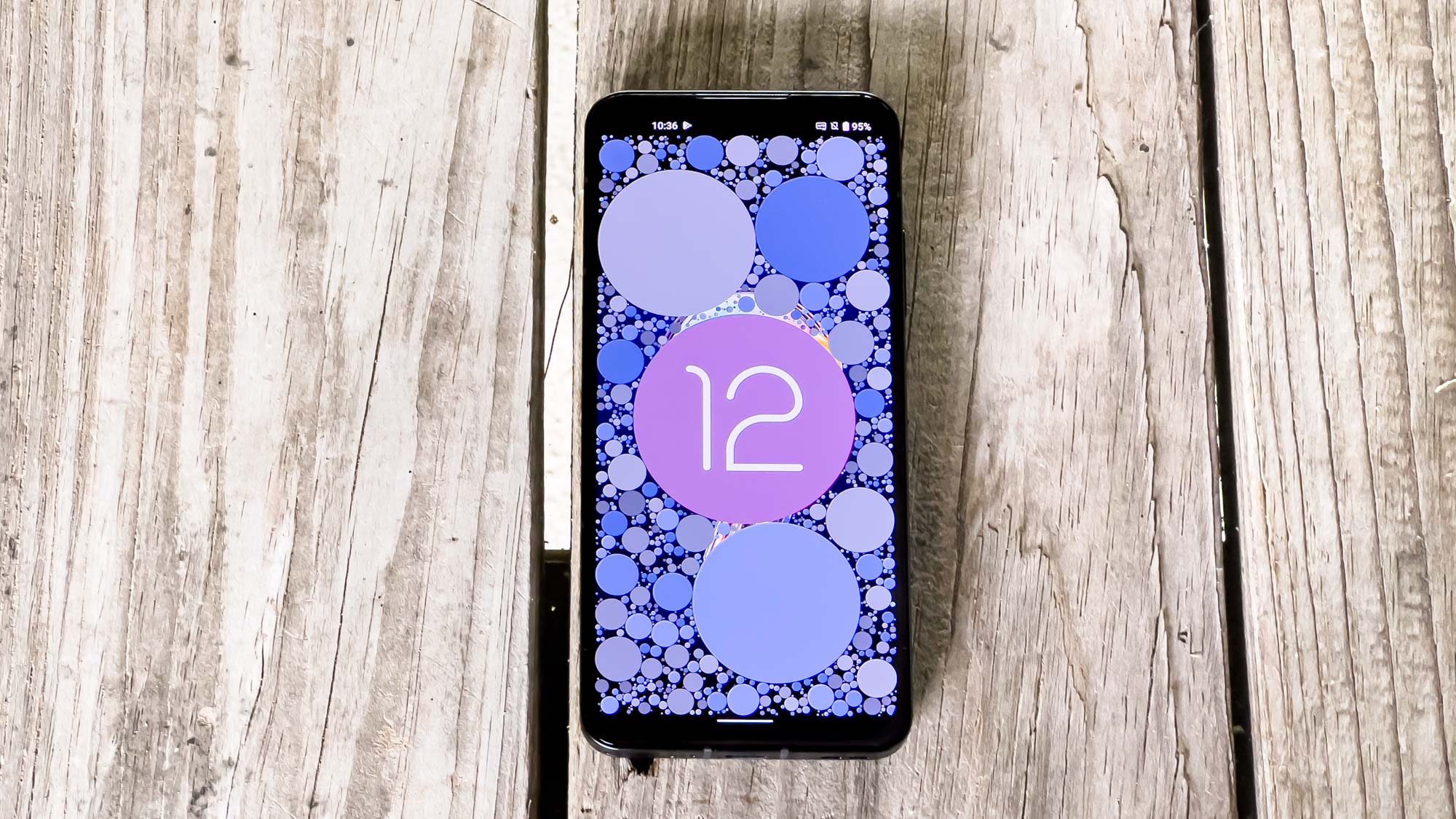
In practice, I love the Zenfone 9’s display. It has punchy colors, deep blacks, excellent viewing angles, and enough brightness for most situations — I did struggle a bit to see it outside when performing the camera testing, though.
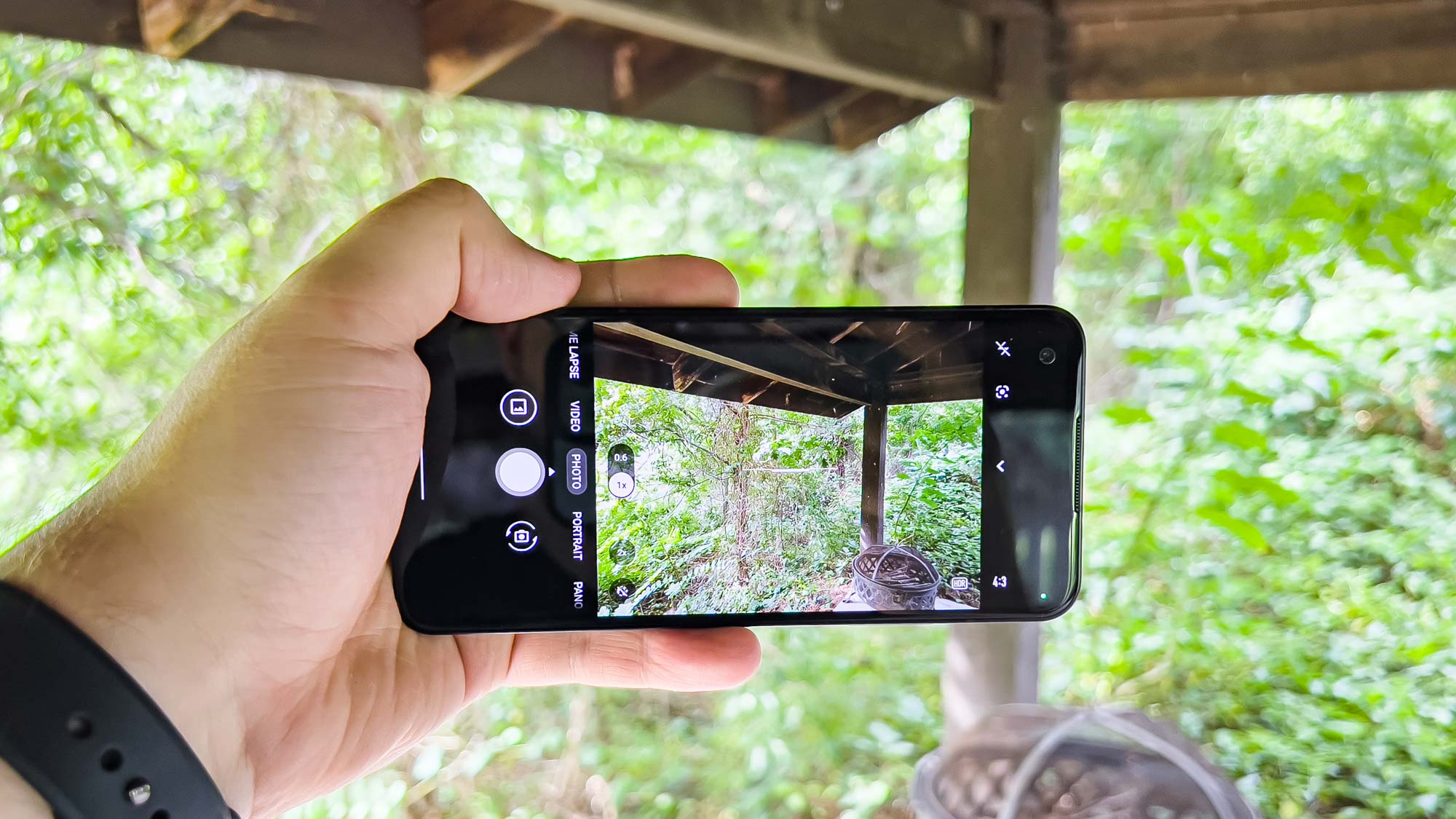
Whether it’s killing time in Genshin Impact, soaking in the neons and harsh oranges of Blade Runner 2049, or reading crisp text thanks to the screen’s 445 pixels per inch, I really enjoy using the Zenfone 9. The display ticks a lot of boxes, even though I wish it was brighter.
Asus Zenfone 9 review: Cameras
Asus went all out with the camera hardware on the Zenfone 9. The main shooter is a 50MP Sony IMX766 paired with a 12MP IMX363 ultrawide. For selfies, the phone sports a 12MP IMX663 with autofocus and EIS. So with that in mind, I expected decent photos from this phone, especially since Asus has a somewhat good track record with its cameras.
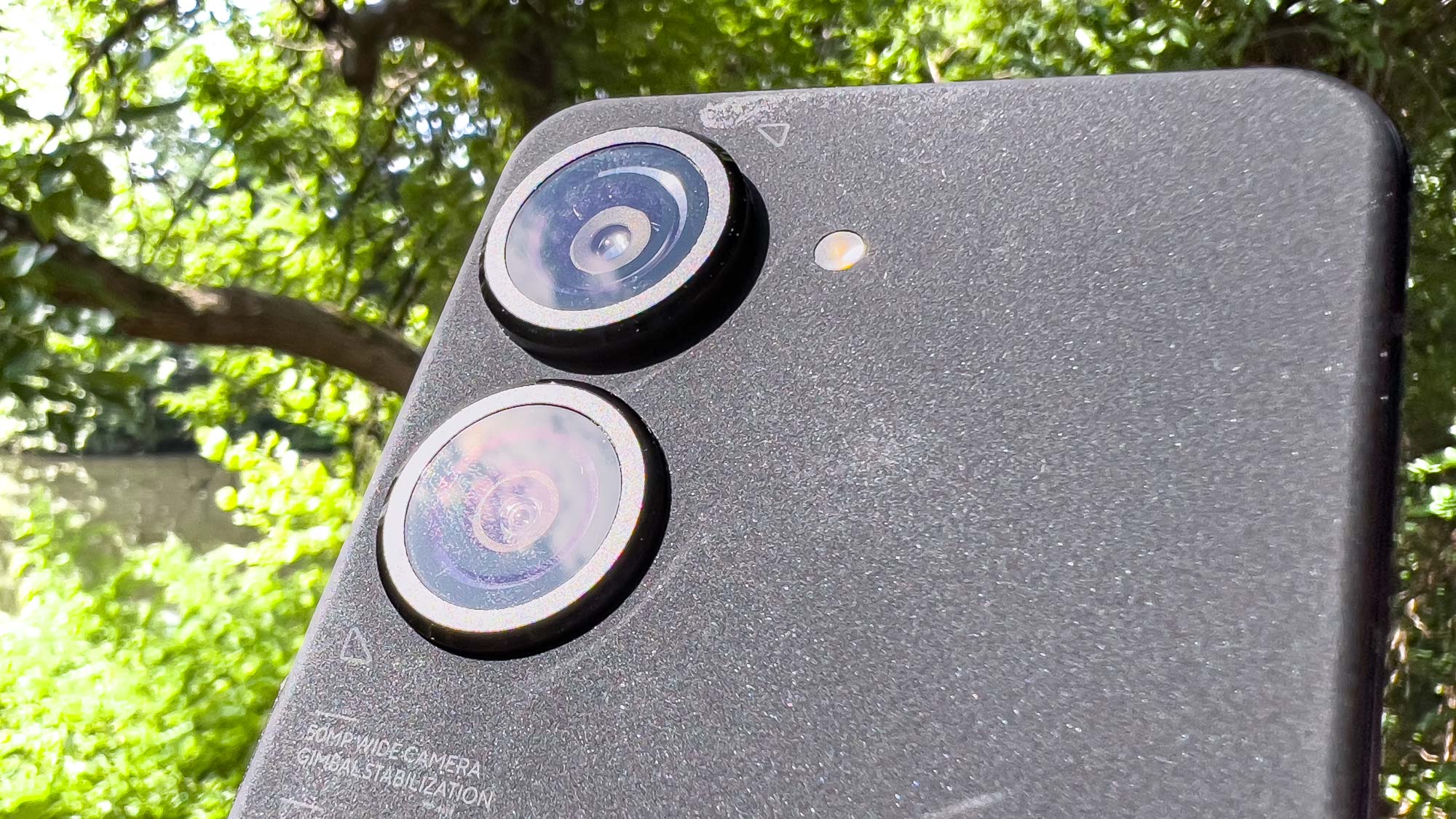
I brought out the Pixel 6 Pro for this test. It has the same camera hardware and software as the Pixel 6 (with the addition of the telephoto lens), and the Pixel 6 competes with the Zenfone 9.
Starting off with this shot of the pond behind my house, you can see that the Zenfone 9 put up a very good fight. The trees and vegetation look properly verdant with rich detail and depth. If anything, I’d say the image is a little too warm in comparison to the Pixel 6 Pro’s shot. That’s impressive.
In this photo of a bowl of fruit outside, the Zenfone 9 behaves more like a Samsung camera phone by boosting the color saturation on the fruit. The Pixel 6 Pro is a lot more subtle and a bit more subdued. The Zenfone’s colors are a tad too bright, but it’s not a bad picture at all.
Heading inside, this shelf of books looks great in both phones’ images, but the Zenfone 9 loses a few points due to its harsher warm tones that make the books look off. The Pixel 6 Pro better calculated for the warm lighting, presenting a properly cool picture. I can’t unsee the Zenfone’s yellowish tinge.
Over in my kitchen with the bowl of fruit again, the Zenfone 9 once again produced something that feels too warm. The red tones of the image, from the apple to the oven mitts in the background, look weird, while the lighter tones, such as the countertop, look too yellow. The Pixel 6 Pro’s shot looks much more natural.
I took these ultrawide pictures from a path wrapping around this pond. I like the Zenfone 9’s photo a lot — at least until I look at the Pixel 6 Pro’s. Next to the Pixel 6 Pro’s photo, you notice the Zenfone’s overly warm tone. On its own, the image is OK, but next to the Pixel’s more natural color palette, you can see the yellow tinge.
With portraits, the Zenfone 9 put out a respectable photo, but the Pixel 6 Pro won without too much trouble. The Zenfone’s shot struggles with a proper blur radius, since some of the trees behind me aren’t blurred enough. The Pixel’s portrait looks great with a beautiful bokeh effect. Both phones managed an artistic level of zoom, too.
One of my night mode tests brings every phone I’ve tested thus far to its knees. In my pitch black laundry room with only the tiniest bit of natural light from across the basement, I tasked both phones to photograph the same bowl of fruit as before. The Zenfone 9 clearly lost this battle, but the Pixel 6 Pro didn’t do too much better. The latter’s shot shows a bit more of the fruits’ color, especially the yellow and orange. The Zenfone is much harder to make out, partially due to the noise and blurriness from my unsteady hand.
Wrapping up with selfies, I don’t dislike the Zenfone 9’s attempt to capture my likeness, though I look very red.
Perhaps this is the phone’s tendency to be a bit too heavy handed with warming up images, because I look a lot more natural in the Pixel 6 Pro’s selfie. You can also more clearly make out the blue of my eyes in the Pixel’s shot, whereas they’re a little dark in the Zenfone’s.
Asus Zenfone 9 review: Performance
Thanks to the Snapdragon 8 Plus Gen 1 inside, the Zenfone 9 is no slouch when it comes to performance. In fact, it’s one of the most powerful Android phones you can possibly buy right now, with only gaming phones like the ROG Phone 6 Pro churning out comparable benchmark results.
We put the Zenfone 9 through our suite of benchmarks to see how it performed. I should note that we were unable to complete the Adobe Premiere Rush 4K–to-1080p transcode test we like to run on phones.
| Row 0 - Cell 0 | Zenfone 9 | Galaxy S22 | iPhone 13 mini |
| CPU | Snapdragon 8 Plus Gen 1 | Snapdragon 8 Gen 1 | A15 Bionic |
| Geekbench (single-core / multicore) | 1190 / 4069 | 1222 / 3341 | 1733 / 4643 |
| 3DMark Wild Life Unlimited (FPS) | 58 | 59 | 61 |
| 3DMark Wild Life Extreme Unlimited (FPS) | 14 | 14 | 15 |
As you can see, the Zenfone 9 enjoys quite a lead over the Snapdragon 8 Gen 1-powered Galaxy S22 in Geekbench multicore performance, getting much closer to the iPhone 13 mini than any non-gaming Android phone to date. Gaming performance was pretty much the same across the board, with the iPhone 13 mini enjoying a lead that is, in practice, negligible.
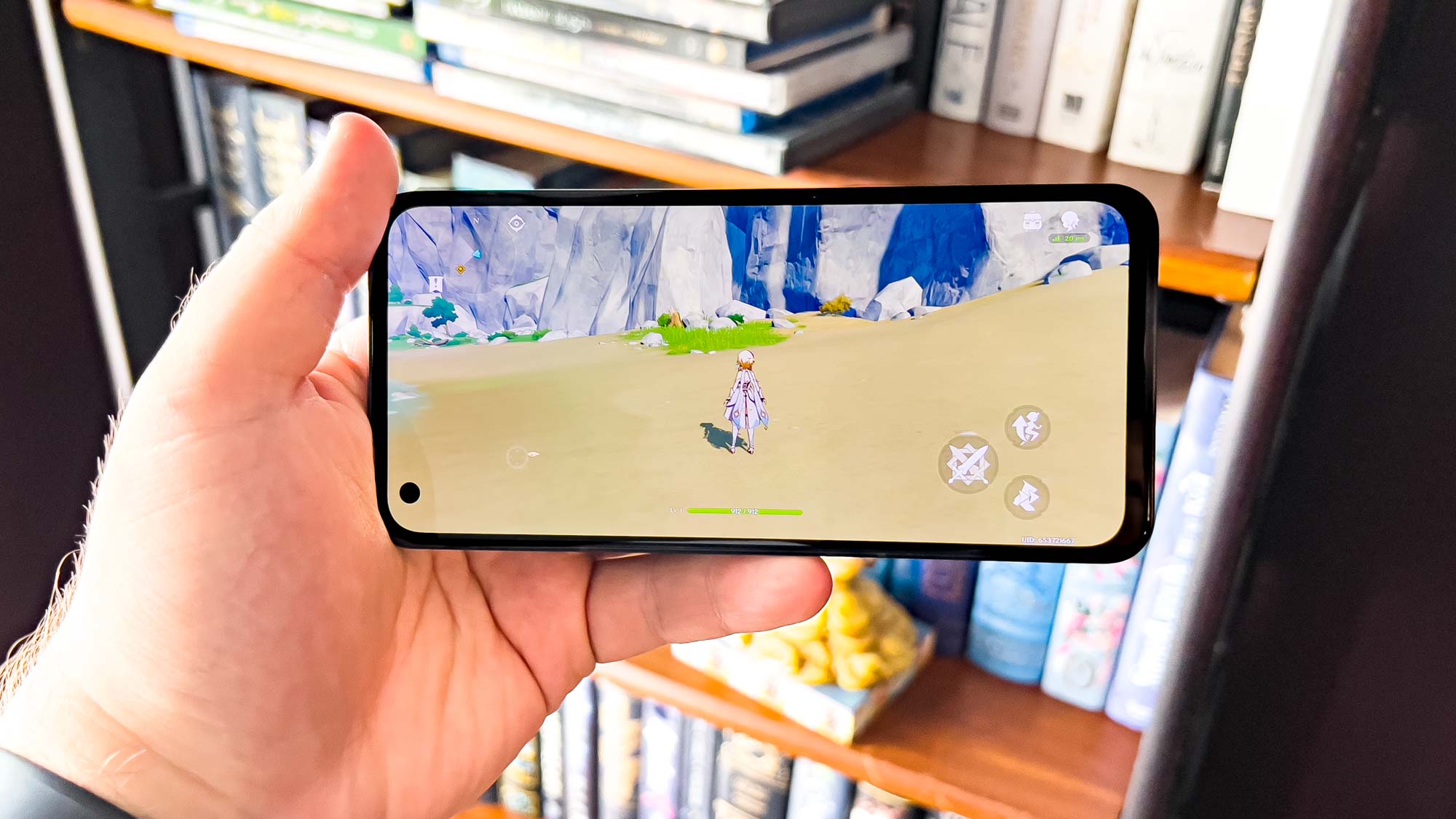
Every time I picked up the Zenfone 9, I found myself amazed. No other Android phone can pull off numbers like the ones above in this form factor. Heck, there are even larger phones like the Pixel 6 Pro and Galaxy S22 Ultra that can’t keep up. (As you’ll see in a moment, that holds true for battery life, too.)
Asus Zenfone 9 review: Battery life and charging
Asus really seems to have figured out battery life. After the jaw-dropping results from the ROG Phone 6 Pro, I felt confident that the Zenfone 9 would be at least passable, despite its size. Boy was I was wrong… it’s incredibly good.
In the Tom’s Guide battery life test, we set a phone’s display to 150 nits of brightness and then task the device to endlessly reload web pages until it dies. Here’s how the Zenfone 9 did in that benchmark.
| Row 0 - Cell 0 | Zenfone 9 | Galaxy S22 | iPhone 13 mini |
| Battery size | 4,300 mAh | 3,700 mAh | 2,406 mAh (estimated) |
| Battery life (Hrs:Mins) | 13:13 (Auto) / 12:52 (120Hz) / 13:20 (60Hz) | 7:54 (Adaptive) / 8:20 (60Hz) | 8:54 |
| Charging | 30W | 25W | 20W |
| Recharge percentage (15 mins) | 29 | 29 | 29 |
| Recharge percentage (30 mins) | 30 | 57 | 58 |
With an absolutely outstanding result of 13 hours, 13 minutes in its adaptive refresh rate mode, the Zenfone 9 easily earns a spot on our list of the best phone battery life. I’m hard-pressed to think of a traditional Android flagship that can compare. Not even the iPhone 13 Pro Max (12:16) can beat the little Zenfone 9. The next closest top-end Android handset is the OnePlus 10 Pro (11:52).
In my limited time with the Zenfone 9 before publishing this review, I only had to recharge it once. It just kept going, even with some Genshin Impact and Plex thrown in for good measure.
We did run into an issue with charging, however. The Zenfone 9 comes with a 30W charger that should, theoretically, help the phone recharge rather quickly. But in our testing, we noticed wild inconsistencies with the Zenfone 9’s charging.
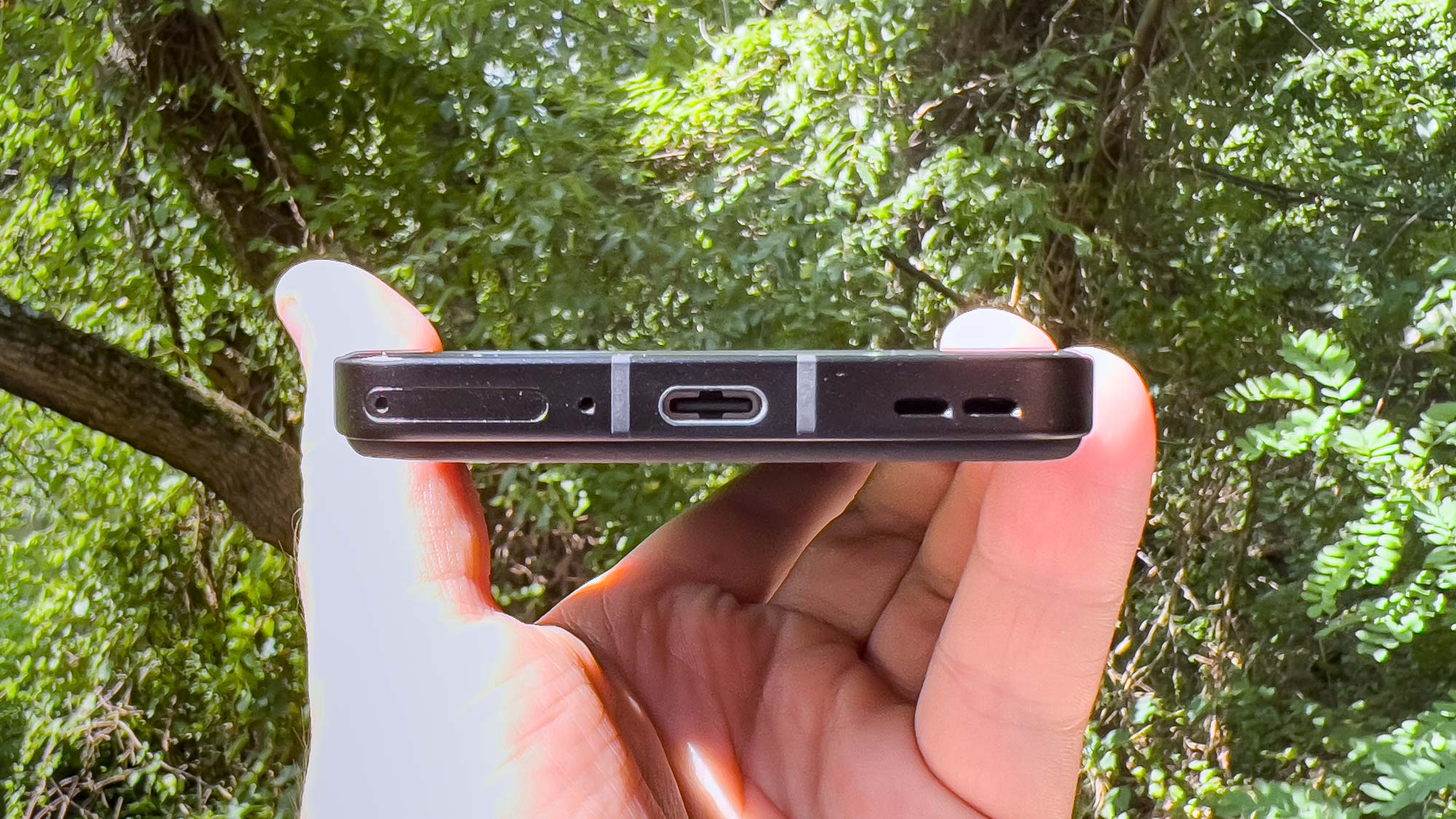
We reached out to Asus for help, and even though we checked to make sure that no rogue setting had been enabled, we only saw the Zenfone 9 get up to 30% after half-an-hour — well off the pace of flagships from Apple and Samsung. It’s possible that our review unit is defective in some way, since it took much longer than it should have to recharge to 100%.
I’m willing to give this phone that benefit of the doubt, especially since I did not notice this issue using a different charger (an Asus 18W brick from an older phone) altogether. That makes me think the charger Asus provided with the Zenfone 9 might have an issue and not the phone itself.
Asus Zenfone 9 review: Software
In the last few years, Asus has focused on providing a useful “stock-plus” Android experience with its ZenUI software. What I mean by that is it’s stock Android like you’d find on a Pixel, but with useful features added in. Back in the day, this meant things like theming options, extra gestures and shortcuts, etc. The Zenfone 9 continues this legacy, but with Android 12 underneath.
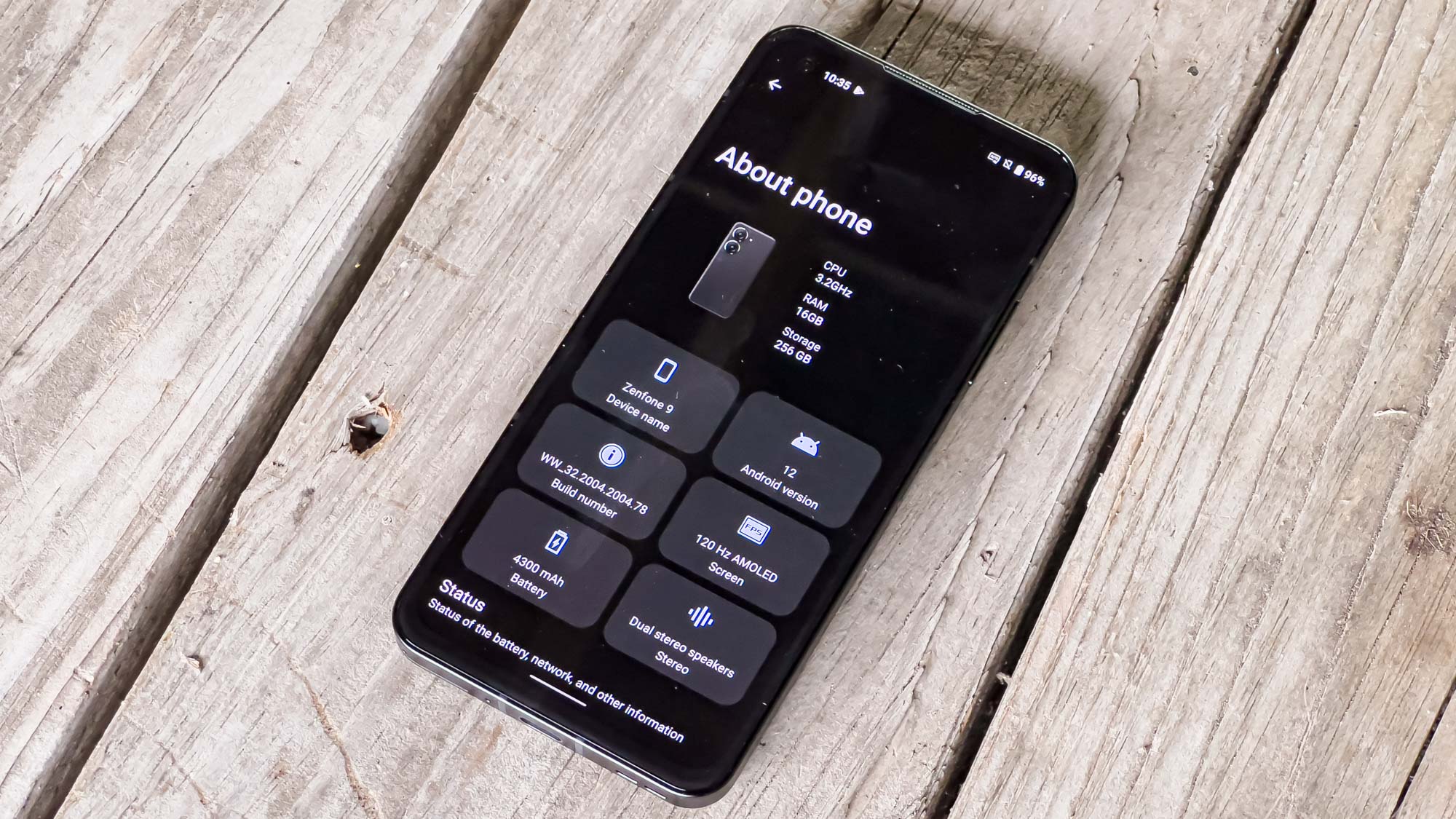
On the surface, you might think it’s just Android 12 with different sound effects. Material You in all its glory is here, but when you start digging into the settings, you find a large handful of options available to you should you want them. That includes the Smart key built into the power button/fingerprint sensor, the Game Genie ripped right from the ROG Phone series to maximize the Zenfone 9’s gaming potential, and the Edge tool which acts like a taskbar you can access with a swipe.
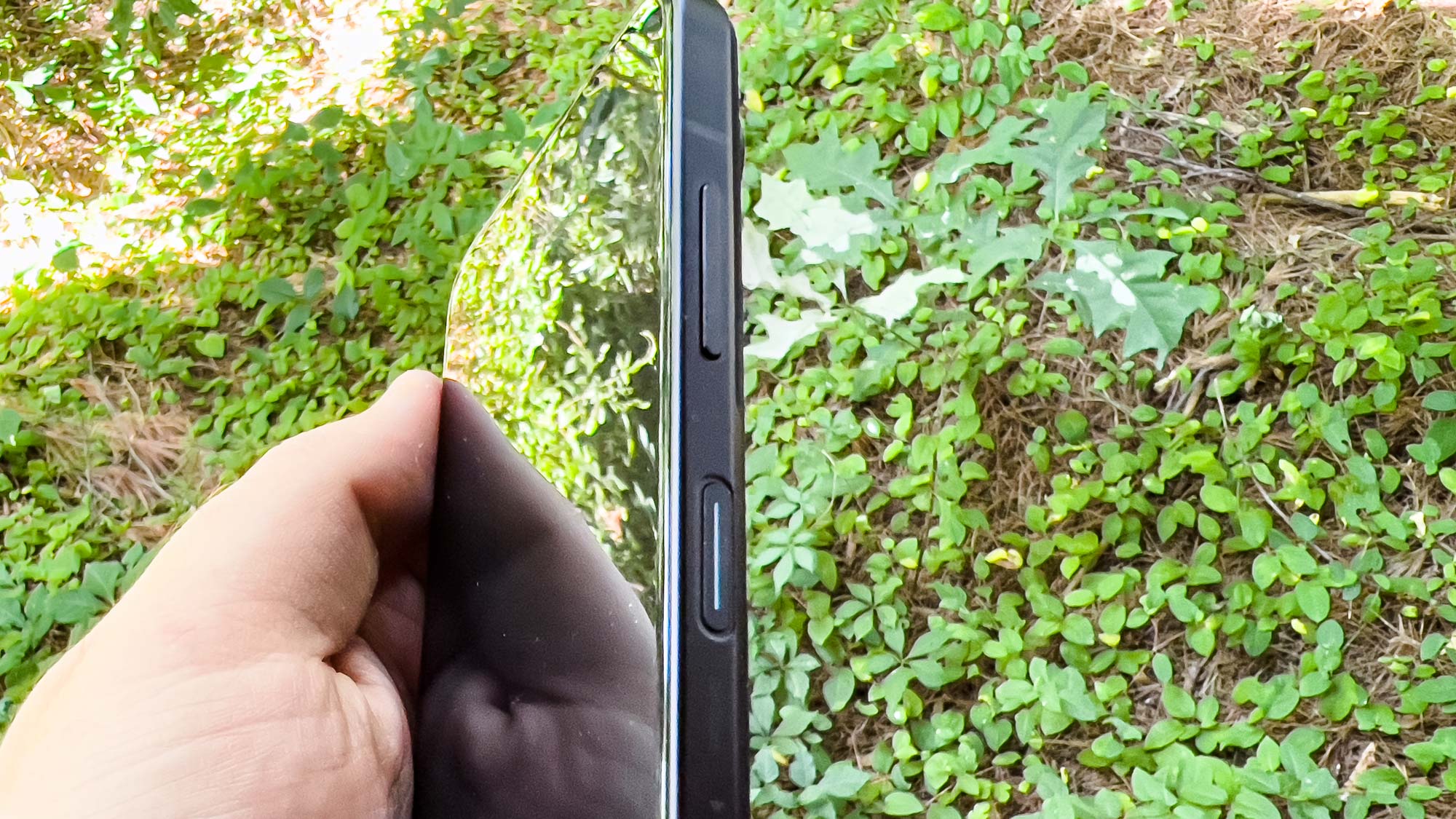
The Smart key is one of my favorite features built into ZenUI. It recognizes three inputs: swipe, double press and long press. The former is mapped to activating the notification shade, making it super easy to check your notifications or access your Quick Settings tiles. I currently have a long press mapped to the power menu and a double press to voice input. You can also create a shortcut for a double tap on the back of the phone, which I have to set to activate Assistant. However, you have several choices available to you.
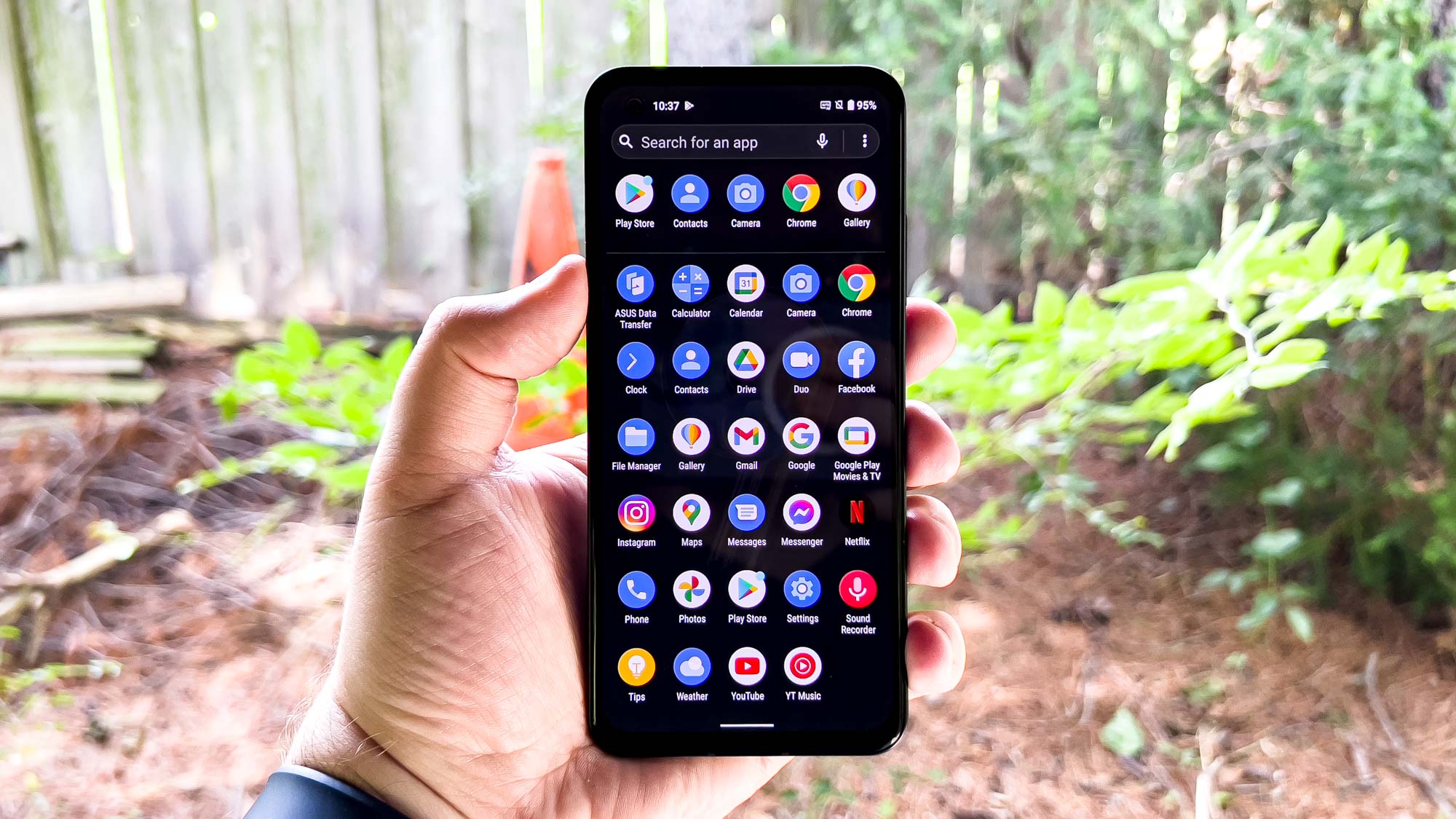
Asus has been a partner in the Android beta programs for a couple of years now. The company can be a bit slow to get updates out, but they do come eventually. The Taiwanese phone maker also lets you unlock most of its phones’ bootloaders if you’re into that scene.
Asus Zenfone 9 review: Verdict
The Zenfone 9 is what you get when a company goes all out on creating a small flagship. While this handset might lack the ludicrous amount of features that its ROG Phone 6 Pro cousin offers, it still packs a serious punch. Its hardware is some of the best you can get, the phone has great battery life (especially given that 4,300 mAh capacity), and its software is actually nice to use.
Starting at $699, the Zenfone 9 drives a hard bargain. Other phones in its price range don’t have the latest Snapdragon 8 Plus Gen 1 chipset — the closest is the Galaxy S22 with its Snapdragon 8 Gen 1. Granted, the iPhone 13 mini is still more powerful than the Zenfone 9, but it has inferior battery life. Asus has proved that small phones don’t need to be longevity wimps.
I like the Zenfone 9. It has earned a permanent place on my desk as my new backup phone. It’s almost comical picking it up after using my iPhone 13 Pro Max daily driver, but I’m all here for the hilarity. The fact that the phone itself is awesome is just icing on the cake.

Jordan is the Phones Editor for Tom's Guide, covering all things phone-related. He's written about phones for over six years and plans to continue for a long while to come. He loves nothing more than relaxing in his home with a book, game, or his latest personal writing project. Jordan likes finding new things to dive into, from books and games to new mechanical keyboard switches and fun keycap sets. Outside of work, you can find him poring over open-source software and his studies.
-
John Messmer Hi JordanReply
I saw your article in Tom's guide. When I research the phone, people complain that it does not work well with us carriers. I currently use t-mobile. Can you shed any light on their problems?
I really need a small phone with a long battery life. As this is your standby phone, it should do more than I will ever need. I mainly use voice, text and waze.
Any help would be most appreciated. Also I found your article to be top notch. Easy to find details and to the point.
Take Care
Walter
